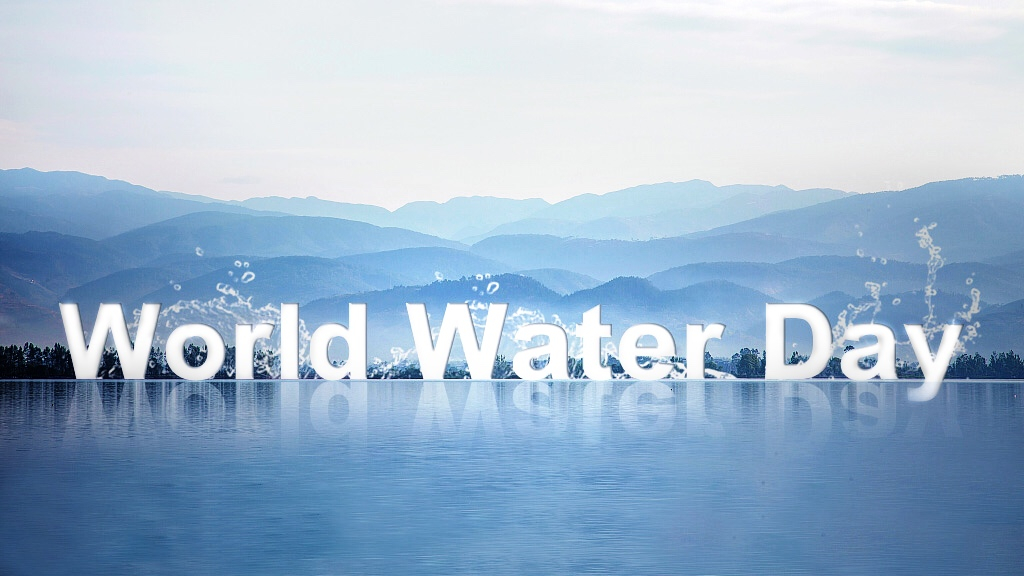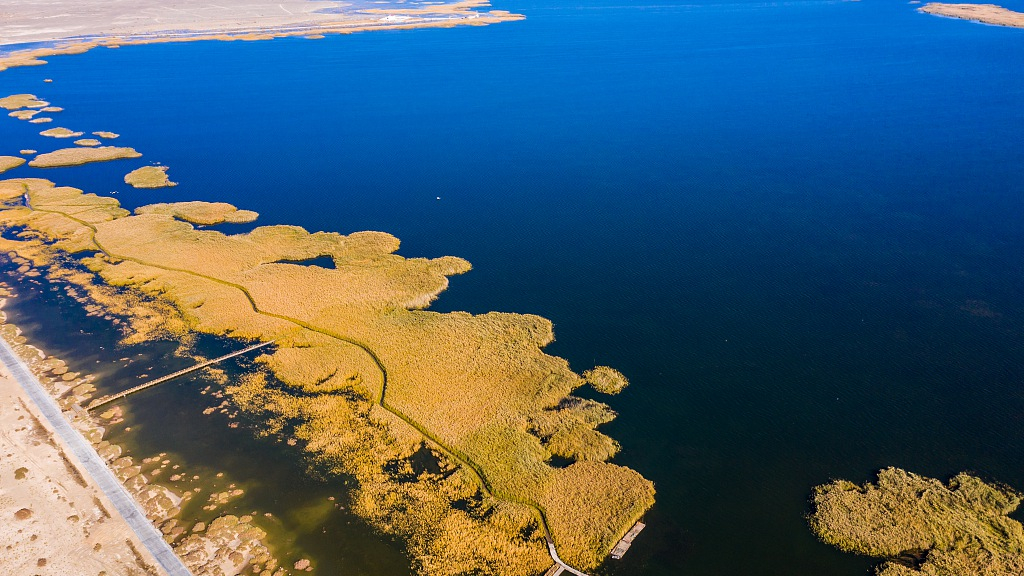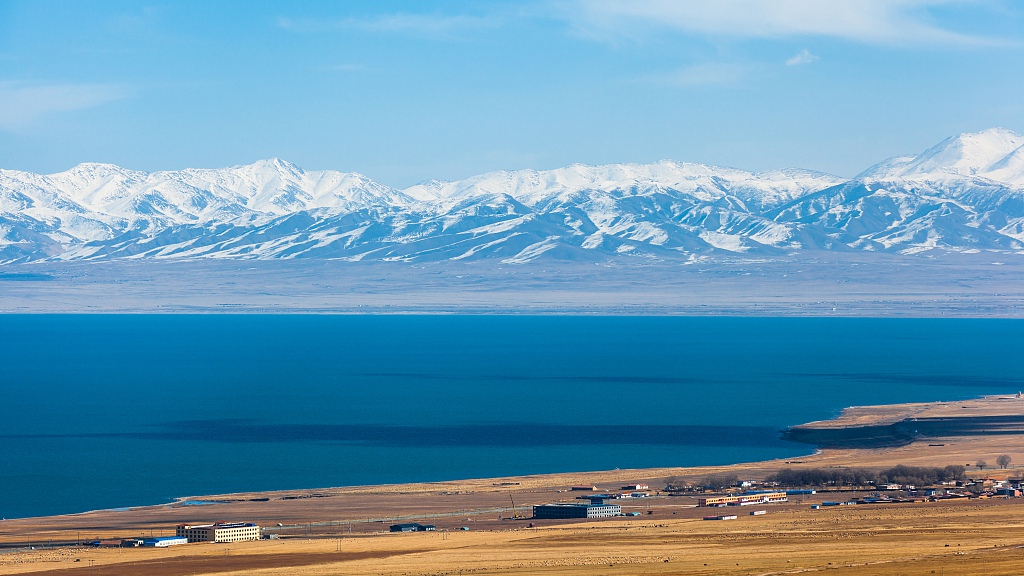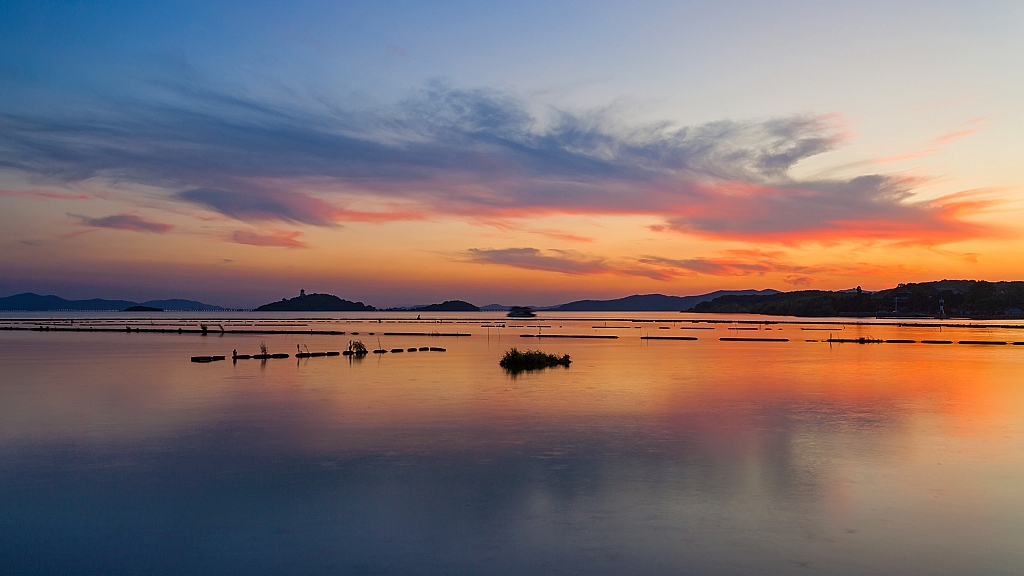
Earth
17:37, 22-Mar-2019
World Water Day: A wake up call for water protection
By Zhang Hao

One good lesson we have learned about nature is it will always treat us the same way we treat it. The following stories couldn't be better examples of this.
Jutinghai Lake
The history of Jutinghai Lake in the Inner Mongolia Autonomous Region can be traced back to around 2,200 years ago. The abundant water resources and fertile land had attracted people to settle down around it, making it one of the oldest agricultural areas in China.
However, its west part started to dry up in the 1960s due to the excessive use of water in the emerging factories upstream. Eventually, the whole lake completely disappeared after the east part dried up too in 1992.

Jutinghai Lake in Inner Mongolia Autonomous Region, China. /VCG Photo
Jutinghai Lake in Inner Mongolia Autonomous Region, China. /VCG Photo
The lake's disappearance prompted desertification. Sand swiftly engulfed this once prosperous area. Instead of being the source of life, it became the source of massive sandstorms that ravaged most of northern China in 2000. Having realized the consequences, in the spring of the same year, the Chinese government decided to revive the lake by transferring water from its source river. They shut down over 60 intakes along the river between Gansu and Inner Mongolia Autonomous Region to guarantee consistent water supply.
Three years later, the lake returned.
Not only has the desert land gradually been blanketed with greenery but wild animals began to return too, and the rate of sandstorms has significantly dropped in comparison to 18 years ago.
Qinghai Lake
Qinghai Lake is the largest salt water lake in China. In 2004, scientists discovered the lake had shrunken by 94% compared to 1974. Surprisingly, ever since 2005, the lake began to expand and it is now back to its original size.

Qinghai Lake in Qinghai Province, China. /VCG Photo
Qinghai Lake in Qinghai Province, China. /VCG Photo
Besides for the government's effort to protect the surrounding environment, global warming accidentally became the rescue. Ironically, it is the climate change that caused ice to melt and for heavy rain to hit the area, filling up the lake.
Now Qinghai Lake is home to over 300 wild animal species, and its prosperity protects the ecosystem on the Qinghai-Tibet Plateau from desertification.
Taihu Lake
One unforgettable news story in 2007 was the outbreak of blue algae in Taihu Lake in east China's Jiangsu Province. The lake was mostly covered by uncontrollable algae, meaning the water became too smelly and polluted to drink. The whole city was cut off from its water supply for a week.
But the algae didn't grow in just one day. The pollution dated back to 1970s, when small factories started to grow and continued to discharge pollutants into the water. The war against water pollution began in 1991, but unfortunately, the speed of pollution significantly outpaced the cleaning.

Blue algae are seen floating on the water surface of Taihu Lake in 2017. /VCG Photo
Blue algae are seen floating on the water surface of Taihu Lake in 2017. /VCG Photo
Hundreds of billion yuan were invested in tackling water pollution since 2007 - Wuxi City alone spent over 60 billion yuan. Over 3,000 companies and factories were closed in the city and sewage treatment plants covering the whole city were built along the lake. Jiangsu's provincial government even came up with a creative policy of a river chief system, under which officials at different levels are appointed as chiefs of the rivers in their regions and take accountability to the water quality.

Taihu Lake in Jiangsu Province, China./ VCG Photo
Taihu Lake in Jiangsu Province, China./ VCG Photo
Fortunately, the money and effort paid off. Water quality has been improved and chemical components in the water are down by over 50%; people now even feel it is safe to use lake water to wash vegetables and clothes.
(Cover image designed by CGTN.)
(If you want to contribute and have specific expertise, please contact us at nature@cgtn.com)

SITEMAP
Copyright © 2018 CGTN. Beijing ICP prepared NO.16065310-3
Copyright © 2018 CGTN. Beijing ICP prepared NO.16065310-3